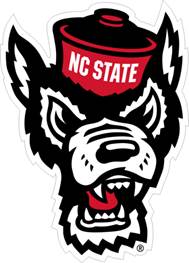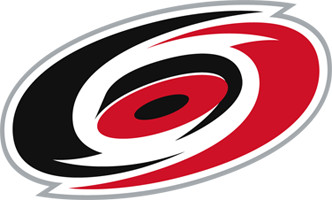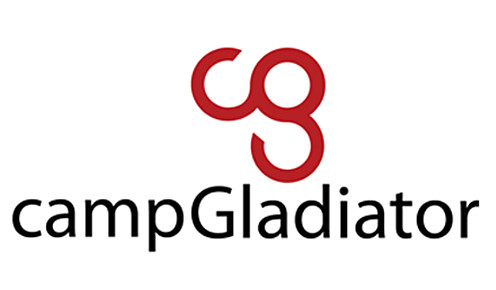By Brian Schiff, PT, DPT, OCS, CSCS
With baseball season upon us, there will be a natural increase in throwing-related arm pain. Many of the injuries are related to a sudden increase in throwing intensity and/or volume. In other cases, players who pitch and catch may be up to five times more likely to suffer an arm injury.
Common throwing injuries include Little League Shoulder, Little League Elbow, internal impingement, rotator cuff inflammation, labral tears and ulnar collateral ligament sprains. In most cases, the body alerts the athlete to an impending injury via different signs and symptoms, such as tightness, soreness, pinching pain, decreased velocity or limited range of motion. Coaches and parents are often unaware until pain is moderate to severe of mechanical failure may be taking place.
As a physical therapist, I promote open and ongoing communication between players, coaches, parents and trainers. Players often feel pressure to perform in travel baseball, showcases and camps. They also fear losing playing time or even hurting recruiting opportunities if they mention they are experiencing arm pain. Many serious injuries begin as minor aches and pains that players choose not to discuss until performance issues arise. Teaching players to understand the difference between pain and muscle soreness/fatigue will help them relay appropriate information about their arm health.
Without question, throwing a baseball is a violent motion that predisposes players to injuries over time. Year-round play and velocity training programs may pose additional injury risk. The good news is that proper training and arm care programs can improve rotator cuff strength and performance. Special considerations need to be made for skeletally immature athletes, as well as those pitching to ensure proper loading and recovery is achieved. A few key things to keep in mind are:
- Pitching more than 100 innings per year increases injury risk
- Throwing more than 8 months per year is not recommended
- Pitching or making hard throws with a fatigued arm increases injury risk
- Players should perform a preseason interval throwing program for 4-6 weeks
- Throwing through shoulder and elbow pain is not recommended
To optimize arm health, players should participate in a rotator cuff and scapular strengthening program 2-3 times per week. Maintaining proper shoulder mobility is also paramount as soft tissue and capsular tightness may cause an imbalance in the shoulder. Pain in pre-pubescent athletes is often related to growth plate injuries, while adolescents and mature players tend to see more rotator cuff, labral and ligamentous injuries. Compensatory throwing motions, diminished velocity, shaking or rubbing the throwing arm and painful facial expressions are all signs of an injury.
Many of these throwing-related injuries respond well to relative rest and physical therapy. If you or someone you know is experiencing arm pain, contact us at apcinfo@raleighortho.com (Raleigh) or apccaryinfo@raleighortho.com (Cary/Morrisville) to schedule an injury screen or formal PT appointment.









